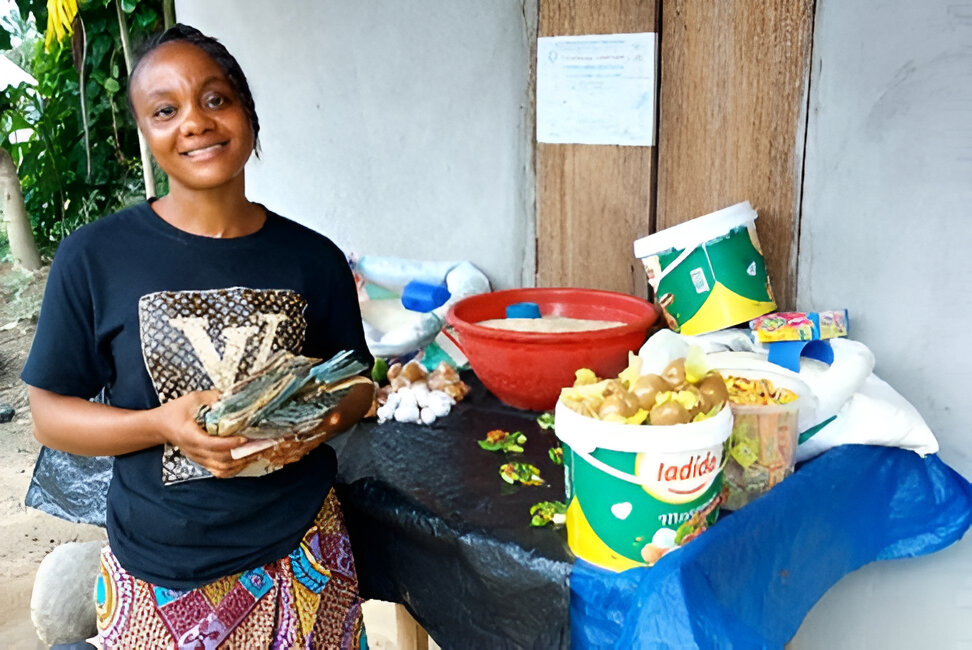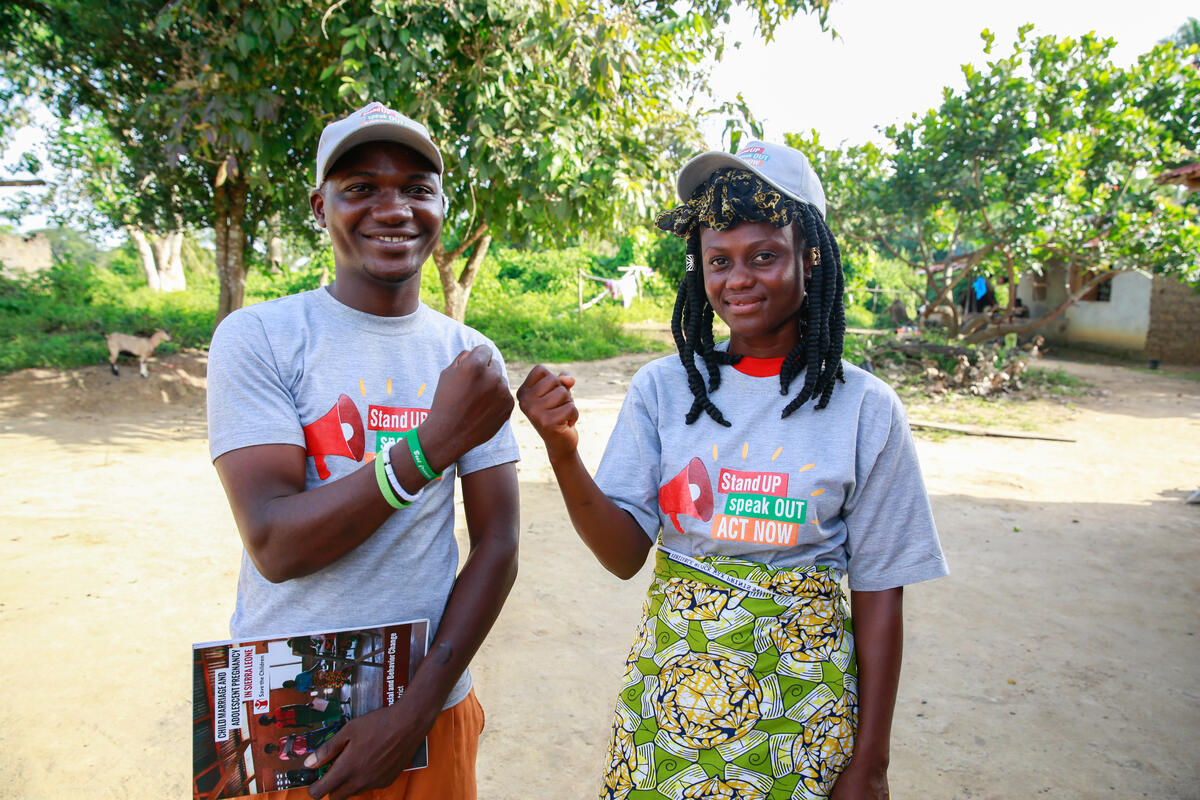My Body, My Rights: Combatting Child Marriage
In 2024, there continues to be a decrease in child, early and forced marriage (CEFM) on a global scale. Currently, one in five women aged 20 to 24 were married as children, compared to one in four in 2014.
However, CEFM is still a threat in many countries – with 12 million girls being married before they turn 18 every year. CEFM is deeply rooted in gender inequality, as well as the belief of girls’ inferiority (when compared to boys), and as such declining rates of CEFM are not occurring fast enough to reach the Sustainable Development Goal target 5.3 of eliminating the practice by 2030.
Gender inequality is common among several factors that can drive up rates of CEFM, including social norms and practices (such as enforced gender roles); poverty; and insecurity, including conflict, violence and climate change.
In 2020, Burkina Faso and Sierra Leone were both among the top 20 countries with the highest rates of CEFM. As in many countries, these increased rates of CEFM were the result of gender inequality and discriminatory social norms, including restricted access of girls to sexual and reproductive health services.
In response, Save the Children created the My Body. My Decision. My Rights project, with an aim to reduce CEFM and empower girls to make decisions about their own futures and protect their rights, particularly about marriage and pregnancy.

“I felt trapped in a life that offered me no hope, no dreams, and no opportunities,” says Adiatu* (name changed to protect identity), 18, a young woman who lives in Sierra Leone and participated in the project, when describing the time after she became pregnant at 15.
Blamed for her pregnancy and considered a bad influence on other girls, Adiatu ended up dropping out of school, before being forced out of her family home. She eventually had to move in with her partner, who mistreated her, depriving her of basic needs.
Feeling abandoned, Adiatu found solace in the Save the Children safe space program and Village Saving and Loans Association (VSLA) initiative. Through the sessions, Adiatu learned about savings, money management, sexual and reproductive health, self-awareness, and gender-based violence.
She also received financial support through a revolving loan from the VSLA group. With newfound knowledge and financial stability, Adiatu established a small business and reenrolled in school. She successfully passed her exams and is now on track for university admission.
Over the project, Save the Children witnessed noticeable progress in girls’ ability to exercise their rights on marriage, pregnancy, and sexual and reproductive health. We also saw shifts in the knowledge and attitudes of caregivers and community leaders on preventing CEFM.

Some of the ways Save the Children worked to implement the My Body. My Decision. My Rights project in Burkina Faso and Sierra Leone included:
- The creation of clubs for young mothers and fathers;
- Training for girls and boys on positive gender norms, life skills, and sexual and reproductive health;
- Financial literacy and gender equality training for young married girls and their husbands;
- Appointment of Gender Equality Champions to promote gender equality and increased agency of adolescent girls in their communities;
- Training women’s groups and religious and traditional leaders on community engagement strategies to promote positive attitudes and norms on gender equality and the prevention of CEFM within communities; and
- Supporting health providers and police to implement gender-responsive and adolescent-friendly service delivery.
At the end of the project, Save the Children reported a reduction of CEFM – from 30% to 18% in intervention households in Burkina Faso and from 26% to 5% in Sierra Leone – as well as the establishment of 223 Mothers’ and Fathers’ Clubs and 4,662 married adolescent girls and their partners trained in gender equitable relationships and positive parenting.
“For me, I am the one who is responsible to take such decision [about use of contraceptives] because it’s my body and I was taught from this project that, it is my body, my right and my decision to make.” – Ramatu, project participant, Sierra Leone.
Although with only six years to go, the world is not on track to achieve target 5.3 of the Sustainable Development Goals, projects like My Body. My Decision. My Rights are working to make a difference in the lives of girls and their communities.


